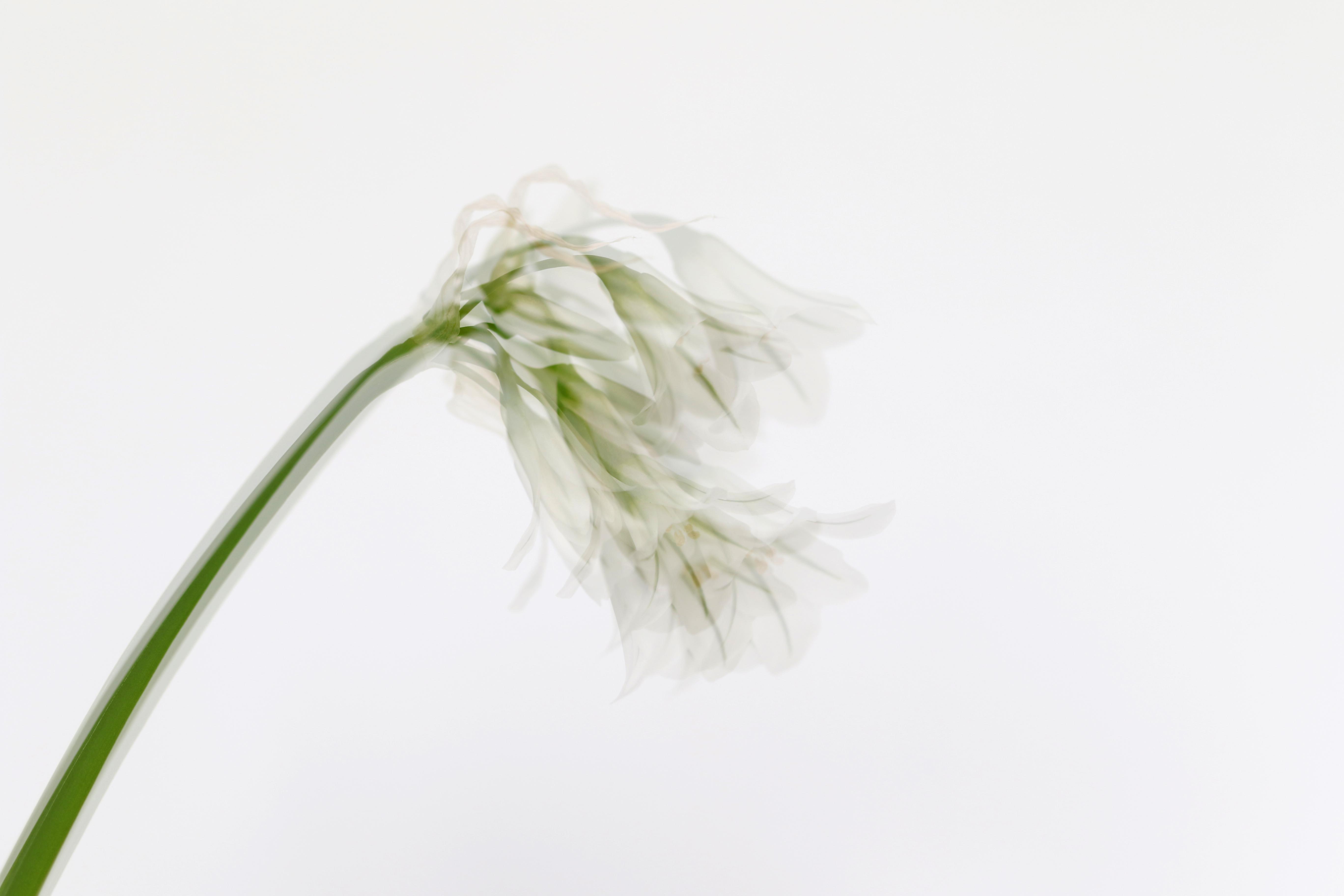In today’s fast-paced world, where the demands of work, family, and personal aspirations constantly compete for our attention, maintaining mental balance can feel like an elusive goal. The whirlwind of daily responsibilities often leaves us feeling overwhelmed and disconnected from our inner selves. Yet, achieving a sense of centeredness is not only possible but essential for our well-being. This article offers practical and compassionate guidance on how to cultivate mental balance amidst the chaos. By embracing these tips, you can navigate life’s challenges with greater clarity and calm, nurturing a harmonious relationship with yourself and the world around you.
Embracing Mindfulness to Navigate Daily Chaos
In our fast-paced world, finding mental equilibrium can feel like a daunting task. However, integrating mindfulness into daily life can serve as a powerful anchor amidst the chaos. Here are some practical tips to help you stay grounded:
- Start Your Day Intentionally: Dedicate the first few minutes of your morning to set a positive tone for the day. Whether it’s through meditation, journaling, or simply sipping tea in silence, starting your day with intention can significantly influence your mindset.
- Practice Deep Breathing: Whenever you feel overwhelmed, take a moment to focus on your breath. A simple technique like inhaling deeply through your nose, holding for a few seconds, and exhaling slowly can help you regain focus and calm.
- Mindful Eating: Take time to truly savor your meals. Pay attention to the flavors, textures, and aromas. This not only enhances your dining experience but also encourages gratitude and presence.
| Mindfulness Activity | Duration | Benefits |
|---|---|---|
| Morning Meditation | 5-10 mins | Sets a calm tone for the day |
| Deep Breathing | 2-3 mins | Reduces stress and increases focus |
| Mindful Walking | 10-15 mins | Improves mood and clarity |
Remember, mindfulness is not about achieving perfection but about creating moments of awareness and presence. With consistent practice, you’ll find it easier to navigate life’s daily stresses with grace and resilience.

Creating a Personal Sanctuary Amidst the Hustle
Finding tranquility in the chaos of everyday life can feel like an uphill battle. Yet, creating a personal sanctuary is not only possible but essential for maintaining mental equilibrium. Here are some nurturing tips to help carve out your own peaceful haven:
- Designate a Sacred Space: Whether it’s a cozy corner in your living room or a quiet nook in your bedroom, dedicate a specific area in your home where you can retreat and recharge. This space should be free from distractions and filled with items that bring you joy and comfort.
- Incorporate Nature: Surround yourself with elements of nature. This could be as simple as adding a few houseplants, setting up a small indoor fountain, or placing a nature-inspired artwork. Nature has a calming effect that can help lower stress levels and boost your mood.
- Mindful Breathing: Practice mindful breathing techniques to help center your thoughts. This can be done anywhere, but doing it in your personal sanctuary can amplify the calming effects. Focus on your breath, allowing it to become slower and deeper, bringing a sense of peace and clarity.
To further aid in your journey to mental balance, consider integrating daily practices that foster tranquility:
| Practice | Benefit |
|---|---|
| Journaling | Helps process emotions and clear your mind. |
| Meditation | Reduces anxiety and enhances emotional health. |
| Digital Detox | Encourages presence and reduces overstimulation. |
By creating a personal sanctuary and incorporating these practices, you can nurture a space of calm and stability, even in the midst of life’s relentless pace.
Practicing Gentle Self-Compassion for Inner Peace
In the hustle and bustle of daily life, practicing gentle self-compassion can be a powerful tool to maintain mental balance. Self-compassion involves treating yourself with the same kindness and understanding that you would offer a friend. It’s about acknowledging your feelings without judgment and offering yourself comfort. Here are some ways to cultivate this practice:
- Recognize Your Emotions: Take a moment to sit quietly and identify what you’re feeling. Label these emotions without trying to change them.
- Practice Mindful Breathing: Focus on your breath to center yourself. Inhale deeply, hold for a few seconds, and exhale slowly. Repeat this process several times.
- Use Positive Affirmations: Create a list of affirmations that resonate with you. Repeat them daily to foster a nurturing inner dialogue.
Here’s a simple table to help you incorporate self-compassion into your routine:
| Time of Day | Self-Compassion Activity |
|---|---|
| Morning | Set a positive intention for the day |
| Afternoon | Take a 5-minute mindful break |
| Evening | Reflect on a positive experience |
Embracing self-compassion allows you to cultivate a sense of inner peace, even amidst the chaos. By being gentle with yourself, you create a nurturing environment that promotes healing and growth.

Incorporating Intentional Breaks for Sustained Focus
In the whirlwind of daily life, it’s crucial to carve out moments for intentional pauses that nurture our mental stamina. These breaks are not mere interruptions; they are essential resets for your mind, allowing you to maintain clarity and purpose throughout the day. Consider integrating the following practices to enhance your focus:
- Mindful Breathing: Take a few minutes to practice deep, intentional breathing. This simple act can significantly reduce stress and increase concentration.
- Short Walks: Step away from your workspace for a brief walk. The change of scenery and physical activity can invigorate your mind.
- Digital Detox: Allocate specific times to disconnect from screens. A break from digital noise can refresh your mental state and improve focus.
For a structured approach, consider the Pomodoro Technique, which involves working for 25 minutes followed by a 5-minute break. This cycle can help maintain high levels of productivity without overwhelming your mind. Here’s a simple breakdown:
| Task Duration | Break Duration | Cycles |
|---|---|---|
| 25 minutes | 5 minutes | 4 |
| Longer Break | 15-30 minutes | |
By integrating these intentional pauses, you’re not just taking breaks; you’re cultivating a habit that prioritizes your mental health and fosters an environment where sustained focus thrives.








































